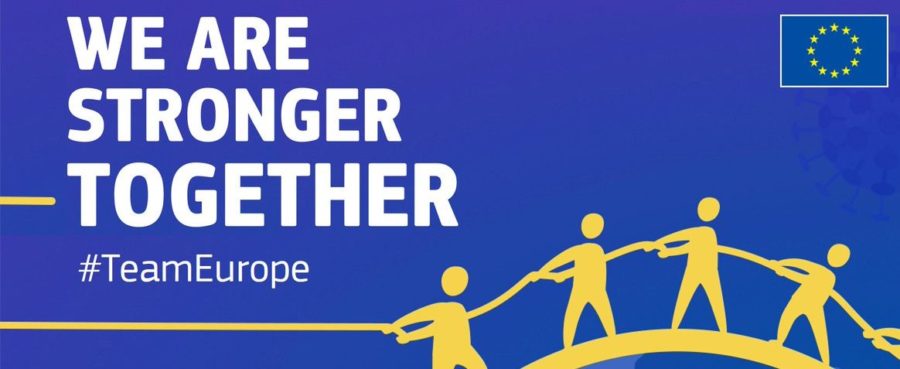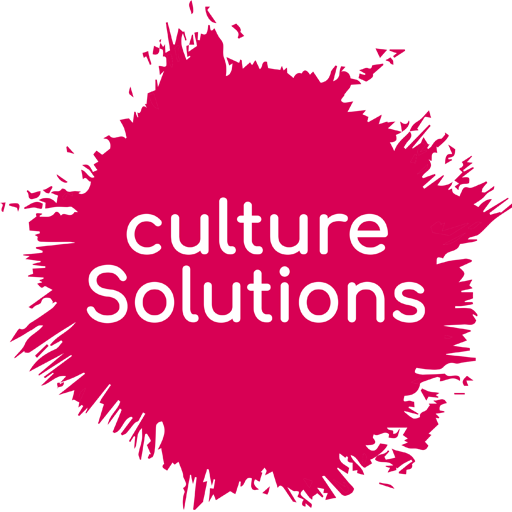Team Europe Worldwide & Programming – 5 Tips to Blow the EU Cultural Breeze (I)

By Damien Helly
This blog post is the first part of a series on EU cultural programming. It focuses on country-based programming. Part II focuses on regional and global cultural programming.
The EU has just adopted its next multiannual budget (with all the caveats related to the conditions negotiated this week). Amounts foreseen for external action, via the various financial instruments are ambitious [1]. Since 2016 only 250 to 300 million euros have been channelled towards EU international cultural relations. One can expect that this amount will increase in the 2021-2017 period, both to respond to the Covid-19 pandemic and to reflect the new EU external cultural policy framework. However, cultural sensitivity in EU foreign affairs is very much still work in progress, and it is not clear yet whether and how EU funds will flow to the culture and creative sectors in the world. The field of EU international cultural relations is still relatively new or unknown to many EU staff.
EU programming: boring? Key for societal change
All around the world, EU Delegations are now busy with the programming of external action and international cooperation funds for the next seven years.
The starting point of this blog is that a successful EU external agenda will succeed if it is systematically underpinned by culturally sensitive programming, thereby composing higher levels of trust.
We thus would like to share 5 tips with EU decision-makers and European staff worldwide (including EU Delegations culture focal points and Member States’ cultural advisers) to think through the end-of-the-year break.
Give us a call and contact your specialised EU colleagues & experts
In the next seven years, the EU will focus its external action on several priorities in line with the Sustainable Development Goals and the 2019 European Commission’s work programme: Green deal, digital change, growth and jobs, democracy, protection & ways of life, stronger EU voice in the world.
Each of the EU priorities comprise essential cultural dimensions. Cultural change and expression are both a pre-condition and the glue thanks to which each and all these ambitious dynamics will be set in motion with EU’s partners in the world. They will now be translated into specific programming guidelines and documents.
To do so, we suggest:
5 tips to blow the cultural breeze in EU programming
1. Get in touch with your experts: If you don’t have enough time or staff to work on national cultural programming, (t)ask specialised staff or independent externally contracted experts or organisations to help you. culture Solutions is one of them. It is here to listen to your questions and requests for advice. In 2021, as per our status and cS theory of change, we are happy to support new communities of practice. You can contact us directly.
Convey cultural joint programming meetings with Member States
2. Engage in a Cultural Team Europe approach with all Member States in each partner country: convey cultural joint programming meetings with Member States’ cultural representatives (EUNIC as well as cultural advisors).
EU Joint programming in partner countries existed before the launch of the Team Europe expression and it has been a priority (and a necessity) for almost a decade. With the ongoing EU 2021 programming exercise, novelty lies in the explicit incorporation of a cultural dimension in EU external action across the board (EU’s strategic partners, Eastern and Southern Neighbourhood, as well as all so-called developing and industrialised countries).
Include systematically a culture and climate change package in your programming: 25% of funds will go there
3. Invest creatively in cross (multi-sectoral) programming and identify the cultural dimensions of each cooperation priority area. For instance, since 25% of NDICI funds will go to Green deal and climate change-related activities, include systematically a culture and climate change package in your programming. In other priority areas (in addition to the culture and creative sector as such), programming can revolve around the cultural, artistic and regulatory aspects of digital transitions, innovative financing for creative industries, cultural heritage, tourism and handcrafts, the defense of human rights, cultural components in migration, growth and jobs in the culture and creative sectors, cultural policy reform, etc.
4. Develop specific EU country-based cultural strategies covering, in a comprehensive way, all cultural dimensions of thematic priorities or opportunities identified above with specific and context-related relevance to a given partner country (Human Rights, Humanitarian aid, crisis response, Erasmus+, Creative Europe). A country-based joined-up cultural strategy will help you run Cultural Team Europe country programming dialogues.
Insert culture-related priorities that you will then strengthen with evidence-based research & consultation
5. Gain time to ensure evidence-based programming prioritisation. If you don’t have enough time or if pre-programing work and studies have not been done, or have been forgotten, keep your priorities wide enough to ensure time for data collection, gathering and mappings. Keeping priorities wide is also a guarantee to retain some margin of manoeuvre in case (as it happened in the past) EU headquarters and high level management decide to impose their own priorities despite recommendations by EU Delegations or despite locally-run policy dialogue with partner countries governments, civil society and private sector.
Once you have followed our 5 tips, you should be able to identify key and culturally credible local and international leading partners with which the EU could cooperate to deliver credible, sustainable, strategically autonomous external cultural action in the country or region you operate.
Develop specific EU country-based cultural strategies
If you have missed the 2021 EU cultural programming train, you can still ask culture focal points in EU institutions and contact culture Solutions, for support and advice. There will be a second programming phase after a mid-term review. And there are always available EU funds for convincing initiatives in line with EU priorities. They might not be labelled as “funds for culture” but it is likely they have strategic cultural components in it.
It is time to see how the EU and its Member States will develop the new European Bauhaus, EU international cultural relations and EU soft power to compose trust worldwide by 2027.
[1] Financial instruments include NDICI, IPA III, ERASMUS+, Creative Europe, European Peace Facility.
The views expressed in this article are personal and are not the official position of culture Solutions as an organisation
